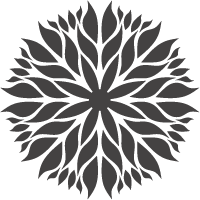
CASE STUDY
Client
Kalpa Project S.A de C.V
Monterrey, Mx.
______________
Research
Industrial Design
Brand design
New material
Collaboration
Psy.M. Rosalinda Salgado
Engr. Armando Santoveña
Brief
Kalpa Project required a commercially viable alternative to a biodegradable funerary urn, in which the functional system would be developed around the concept of growing a tree which would take it’s nutrients to grow from combining the ashes, the urn’s material and the soil.
® 2017 All rights reserved for Kalpa Project S.A. de C.V.
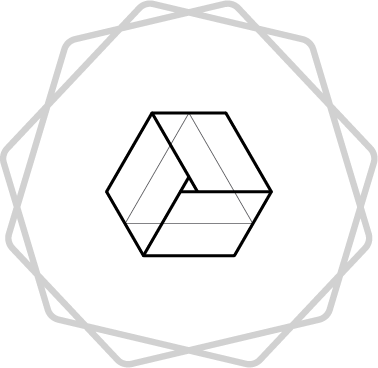
Elnéa is a biodegradable funerary urn that offers the mourner a system of processes that help through the loss of a loved one, working as a companion through different steps of the mourning process.
Elnéa helps transitioning from a conception of loss, for it to become a celebration of life and transcendance.
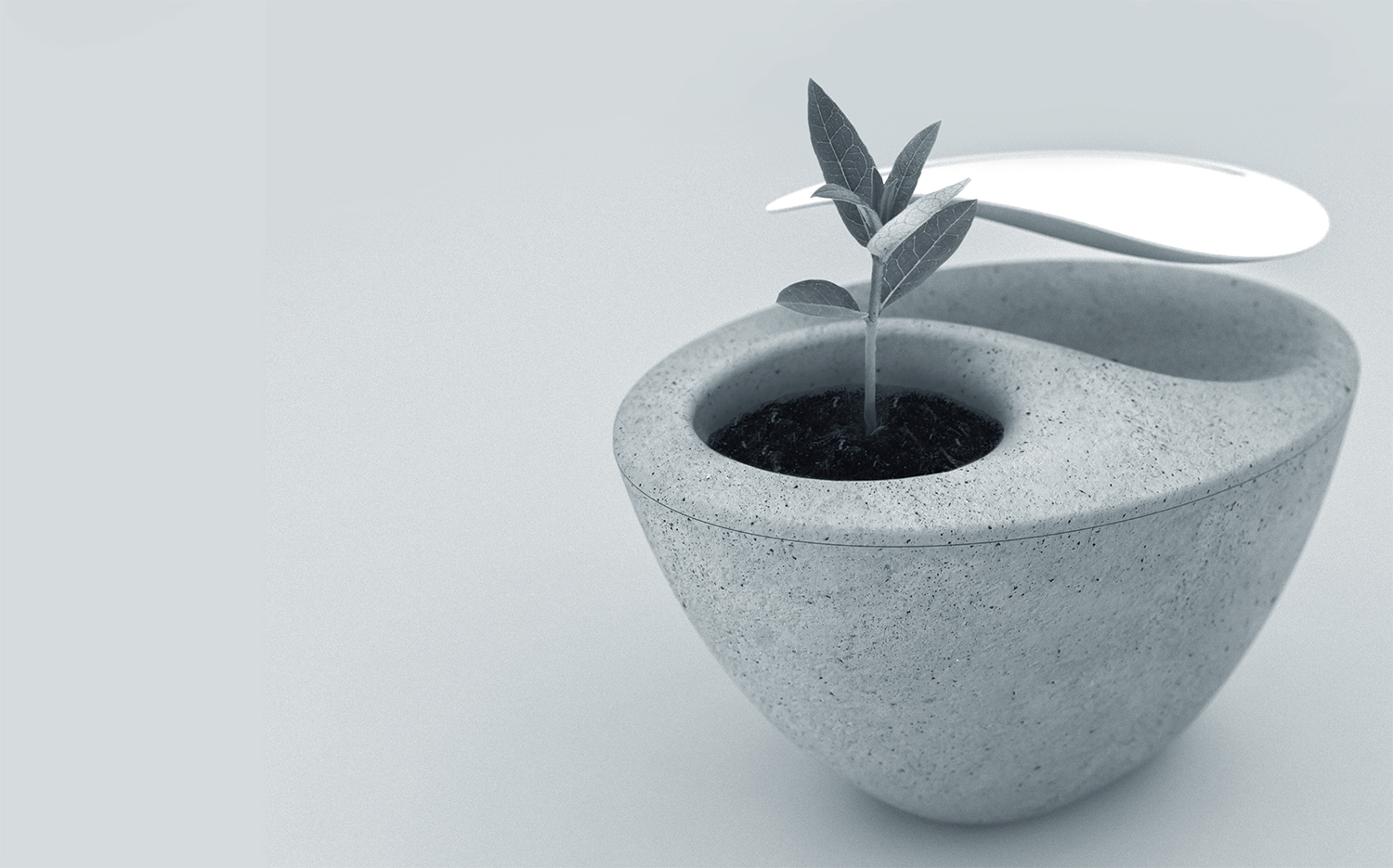
Process Index


What did we need to know?
1. Psychological aspects – Emotional / conductual implications that would have an impact on adoption and acquisition of a funerary product that suggests a non conventional method for storing cremated remains.
2. Cultural aspects – Referring to the context in which the product would have to adapt, regarding beliefs, traditions and other social patterns within a specific society.
3. Legal aspects – Norms and legislative constrains.
4. Commercial aspects – Market context that would have an impact on a purchase intention.
EXPLORATORY RESEARCH
I went through a series of documentaries, papers, articles and books to get a general perspective of where the concept of death could lead me to. Following the regional context defined by the marketing brief, Latin America would be the main focus, which lead me to hispanic and pre-hispanic history and rituals, papers on Lacanian psychoanalysis, and general bibliography over diverse religions, among others.
CORRELATIONAL RESEARCH
I conducted a number of semi-structured interviews with relevant experts in the field, elected to fulfill the four different aspects that the research required (Psychological, cultural, legal and commercial). Among the experts, there were buddhist thanatologists, the owner of the largest and most emblematic graveyard in Mexico City, a catholic priest (PhD in theology), an internationally renown PhD. Lacanian psychotherapist, and other spiritual and cultural leaders.
Outcome
I ran into a number of interesting insights which were used as the basis of the quantitative research on a second stage of the process, but also led me to the fundaments of the product’s concept. These are some of the most substancial concepts.
Prehispanic cultures considered death as an intrinsic part of life, fear to death was introduced as a cultural mechanism. Resignification of death could be achieved through a process, a change or a symbol, but only as a means to help the mourning person release a personal attachment, in order to understand and assimilate a new reality, never to fill a gap.
The terms “nothing” and “ever” are only to be used by a deity.
Suffering for a physical body is a way of imprisonment, since our true nature goes beyond what we can touch or feel physically.
Most of the time, suffering from the loss of a loved one is originated from the loss of what we conceive as a part of ourselves, the part that was, only through the person that passed away. As a naturally social species, humans build a construct of the self, through the people that is part of their story, understanding that the person that died is not a part of ourselves, is a must.
Many religions consider the concept of second death. The first one is the physical death, one that has a process and ends with a feeling of void. The second death is the cease of existence and lies within a person’s subconscious; christian religions name this “last judgment” which requires the acknowledgement of a transcending self after physical death.

Quantitative research
A survey was designed and applied via Google Forms, responding to the general marketing parameters given by the client. Men and women mainly from urban context (born between 1970 – 1998).
Hypothesis to prove:
1. At least 70% of the audience has participated or taken part in the decision making process, after a relative or close person has passed away; 50% of the above were willing to explore the idea of dispersing the remains directly to open nature.
2. At least 80% of the audience have considered or attached a symbol or meaning to a funerary urn before, despite their personal beliefs.
3. At least 60% of the audience have thought about, planned or delegated a funerary plan or service for or any member of their nuclear family, or even themselves.


User Journey
A description of the possible scenarios of a funerary process for Mexico.
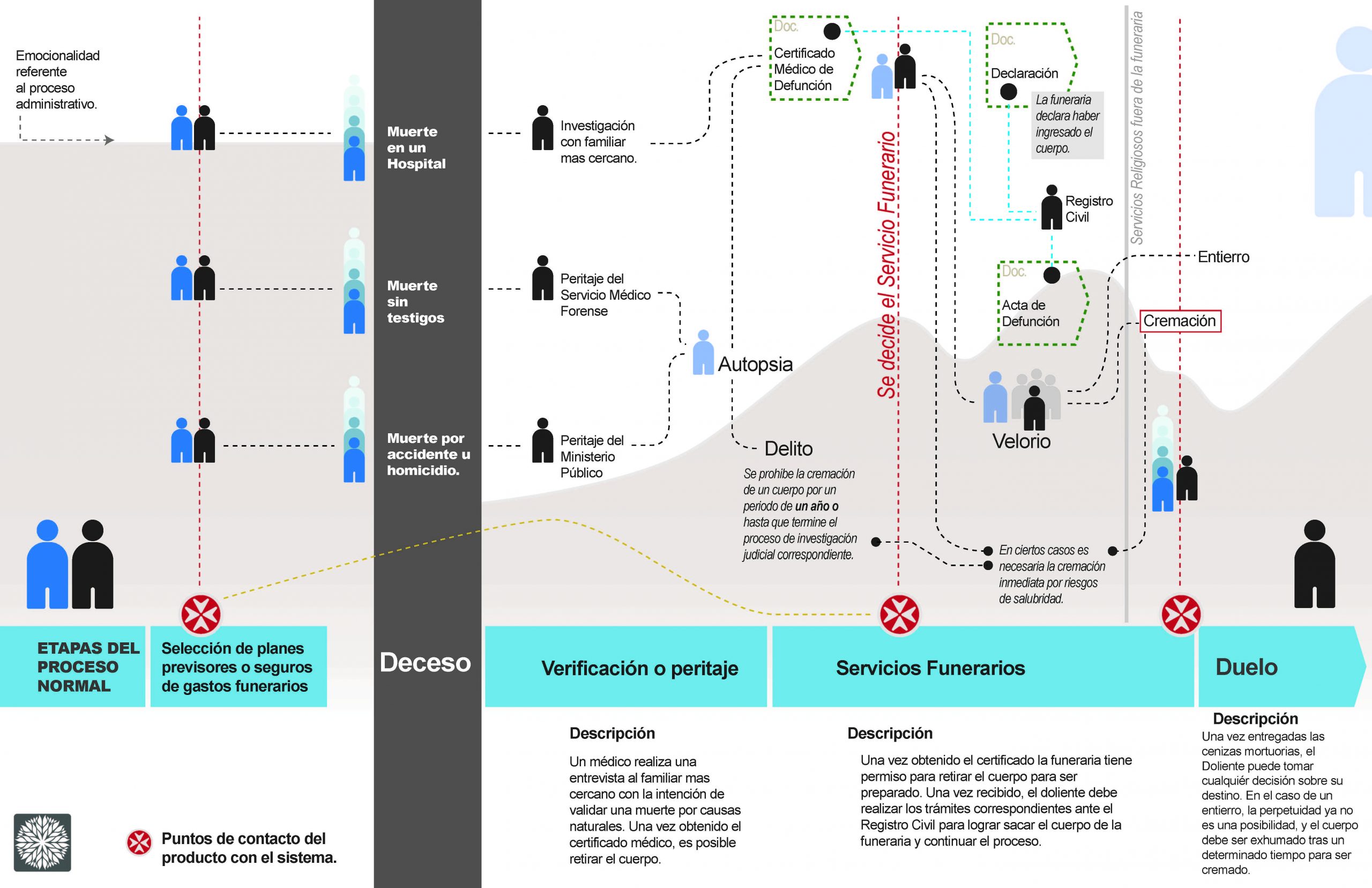
Need-Metric Matrix
A matrix that contrasts a list of parameters to be considered for the design process, with a list of metrics that would keep the process from deviating. Elnéa was planned along a complex set of constraints mostly because of the process vision of it to be a real companion to the mourner.
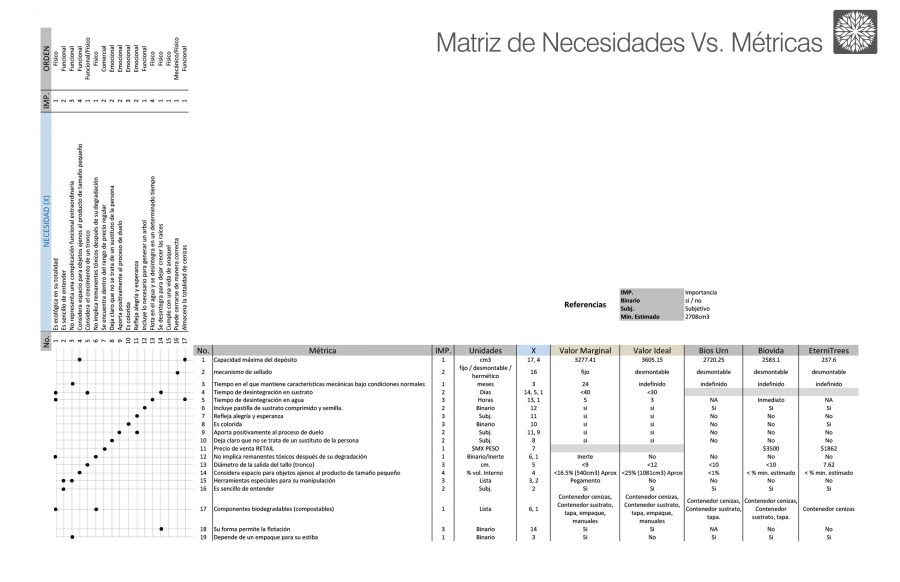
User Persona
Under NDA, due to its relation to academic documents and contracts.

Formal exploration
After a long definition process along with the psychology expert, form exploration was directly related to a set of specific concepts that were part of the processes accompanying the mourning process.
Sketching sprint went only P&P and photoshop direct rendering.
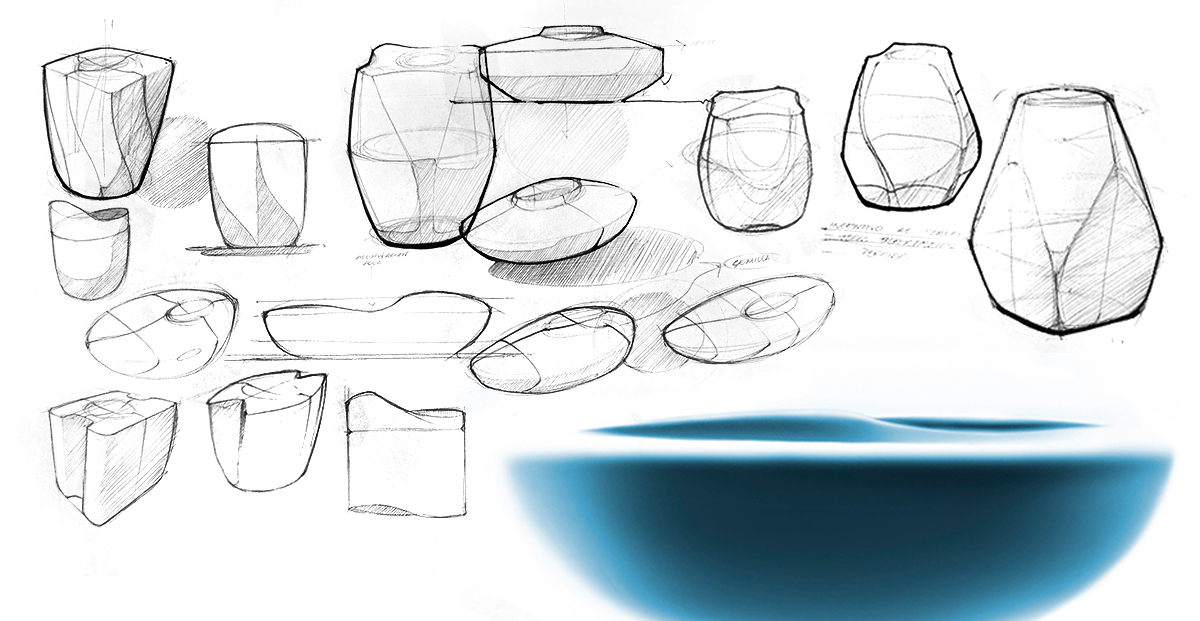


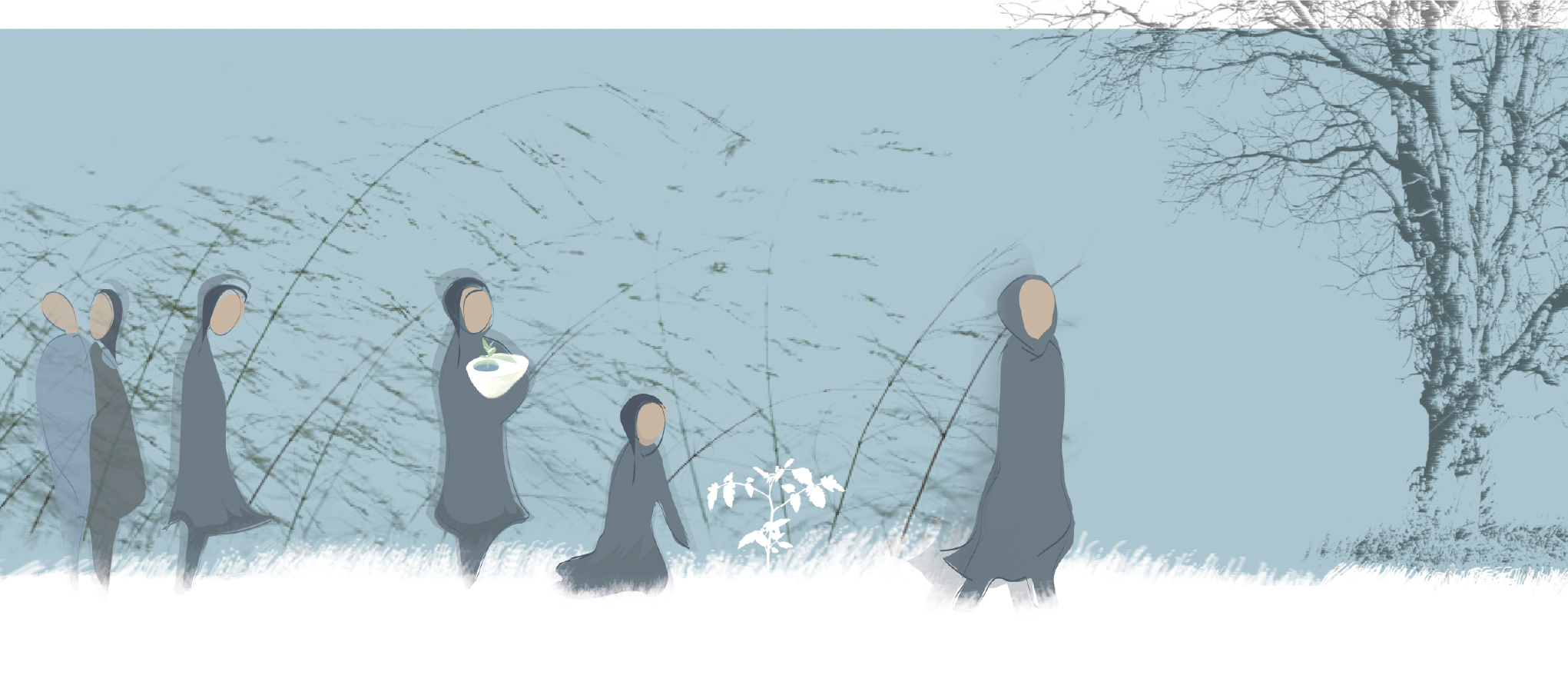
Main concepts
Formal and functional concepts were developed and designed to follow and help a set of techniques that are used on thanatological processes mainly by Lacanian Psychotherapists along grief stages.
HOLDING
FECUNDITY OF MOURNING
ACKNOWLEDGEMENT OF THE GRIEF
TRANSITIONAL OBJECTS
The nature of a mother towards her baby implicate diverse natural conducts like holding, watching, talking, etc., actions that generate contention and protection effects on the baby, but also evoques the whole experience of creation to the holder. The urn’s general form, suggests the user to hold it as if it was a baby, helping the mourner relate to the urn in a different way, towards a beginning of a transformation of existence, returning to mother earth, to nature.
FECUNDITY OF MOURNING
When a person suffers from a loss, the chance to dedicate and inspire one’s actions on the person who passed, lets the grief become and transform into something useful and fills the days with symbols and messages that lead to personal growth and resignification. The main functional concept focuses on representing a link between the end of one life and the beginning of a new one through a tree, helping the mourner open a dialogue.
ACKNOWLEDGEMENT OF THE GRIEF
The mourner becomes eventually aware that he/she is alive, and that without the shared past with the deceased loved one, he/she would be a different person. Elnéa proposes a customizable ceramic message box, which opens an invitation for the grievers to share pictures, letters or other small significant objects in a way to initiate a detachment process and a resignification of the loss, through acknowledging the real meaning of their loved one’s life.
TRANSITIONAL OBJECTS
Transitional objects are a bridge between internal and external reality, facilitating a future adaptation.
The main uses of the transitional objects and phenomenon proposed are:
. As an object, it serves as a momentary sustain, contributing to anxiety and anguish of separation and establish corporal limits.
. As a phenomenon, opens up a space within the mourners mind, towards the unknown.
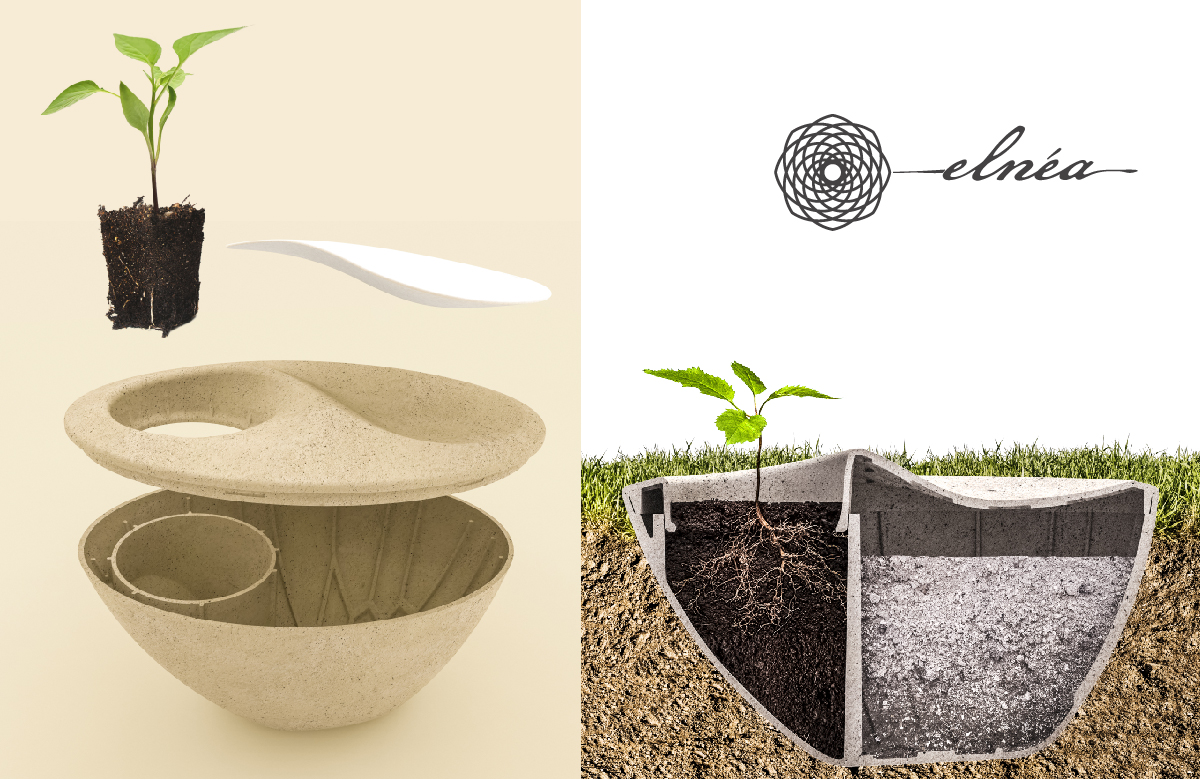
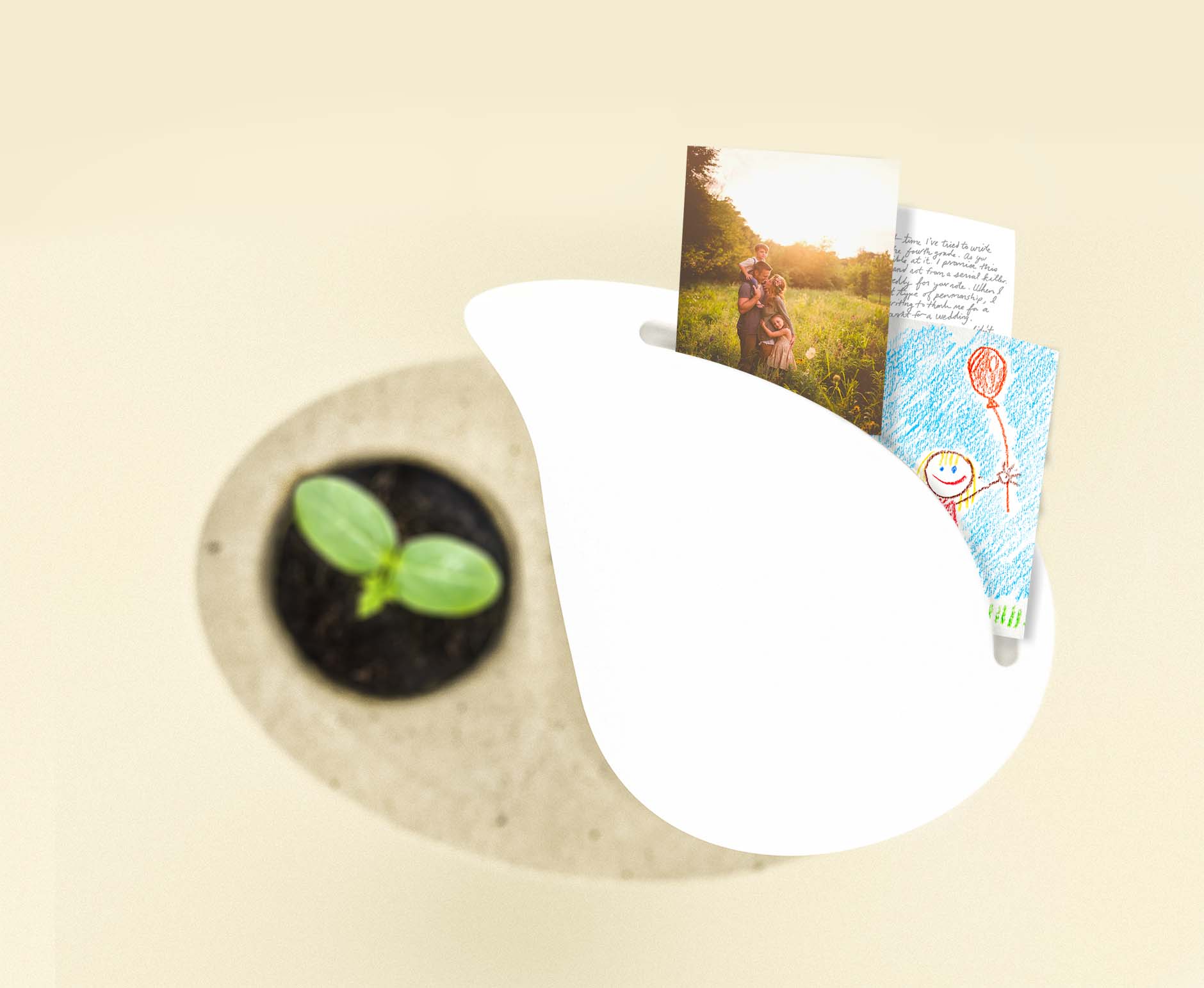
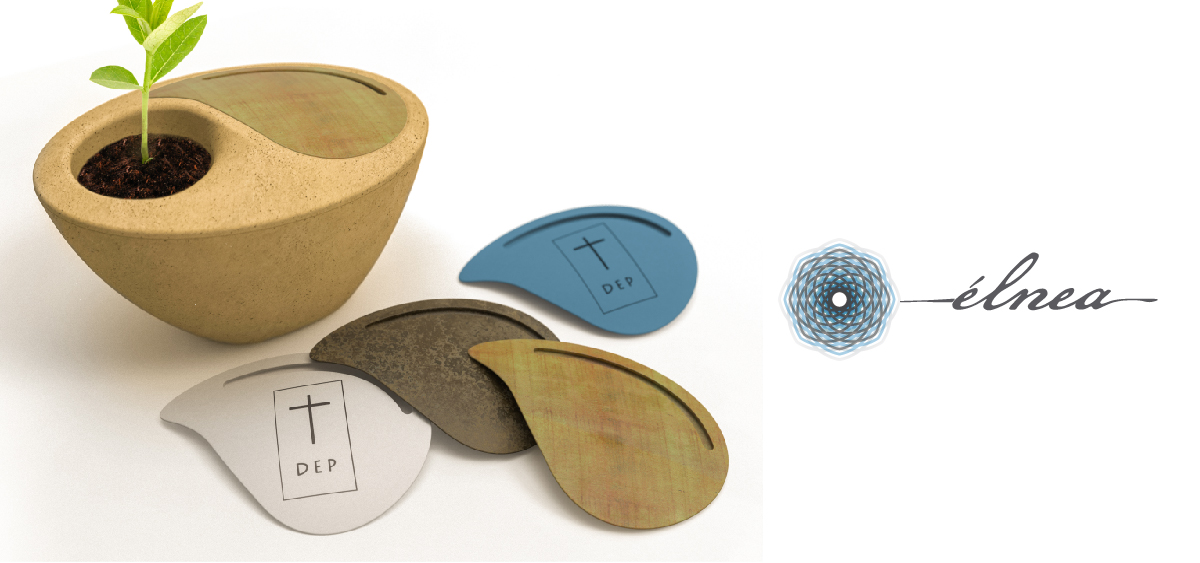
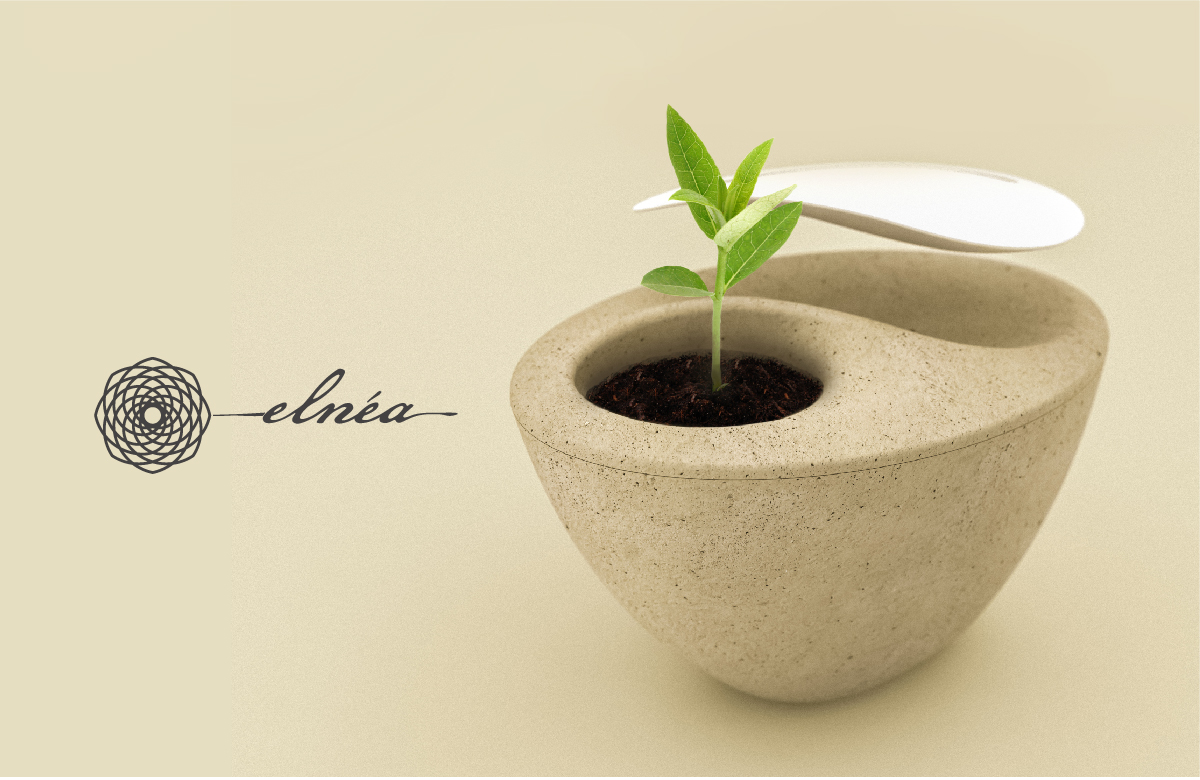




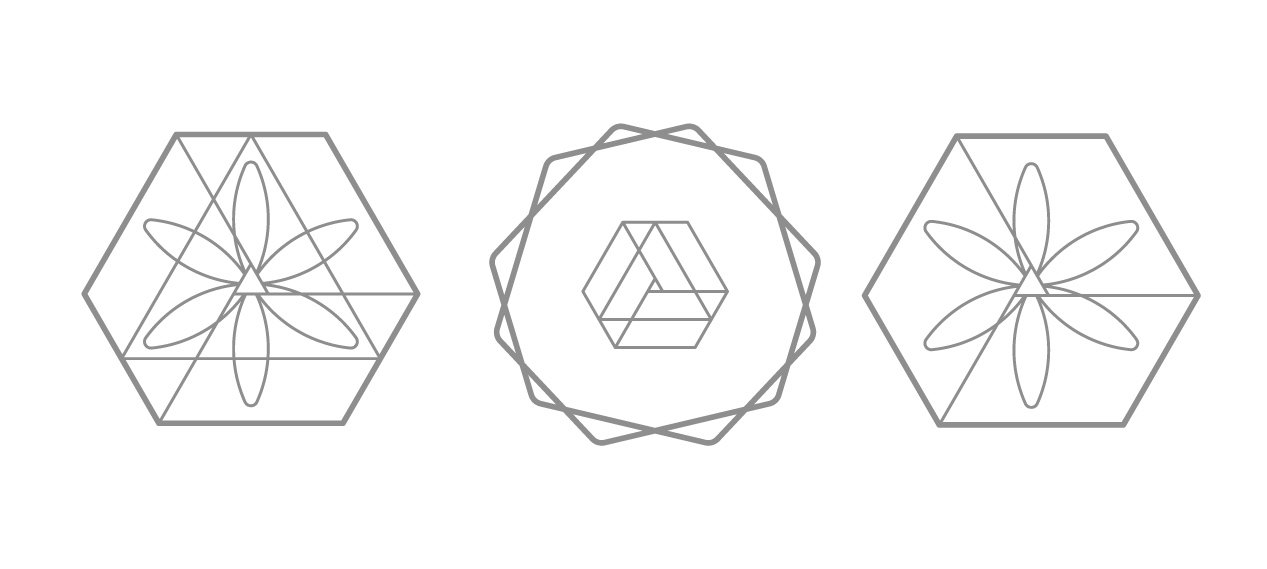
Brand concept
The name Elnéa is inspired on the concept of élan vital: Creative and intelligent universe. Proposed by the philosopher Henri/Louis Bergson. The Élan vital is the force that gives impulse to development and evolution of the organisms, assuming their position as self-creating beings, and give sense to things. The concepts of the mandala proposed by the logo, represent convergence, continuity, flux and transmutation. This graphic representation is inspired on four concepts: pulsion, Borromean knot, Merkabah and Fibonacci’s succession.
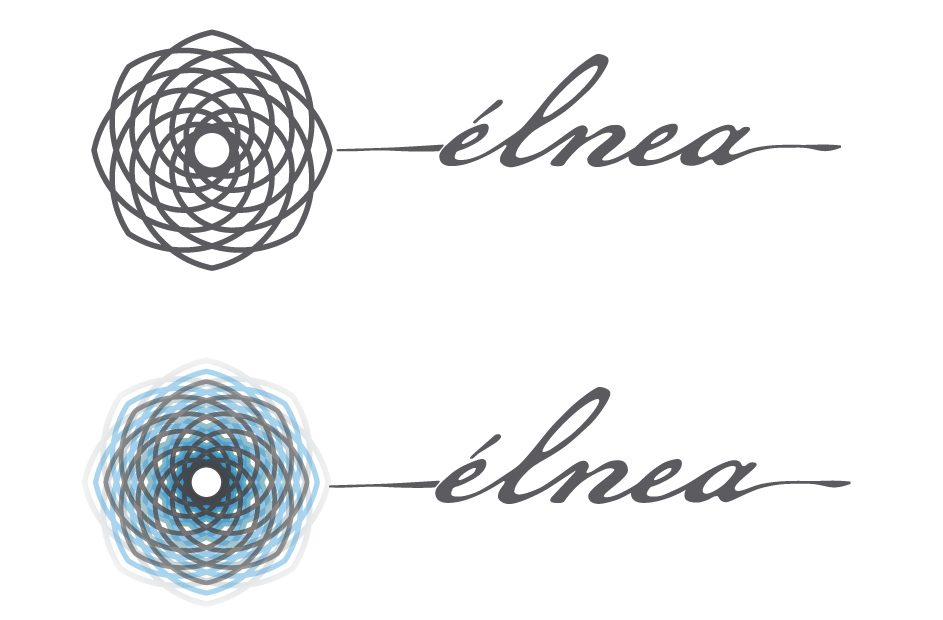

New material development
A specific compostable bio-polymer was developed for this specific project, with the collaboration and guidance of Engr. Armando Santoveña. The material prototype was developed in a compression molding factory in the state of Hidalgo, Mex.
